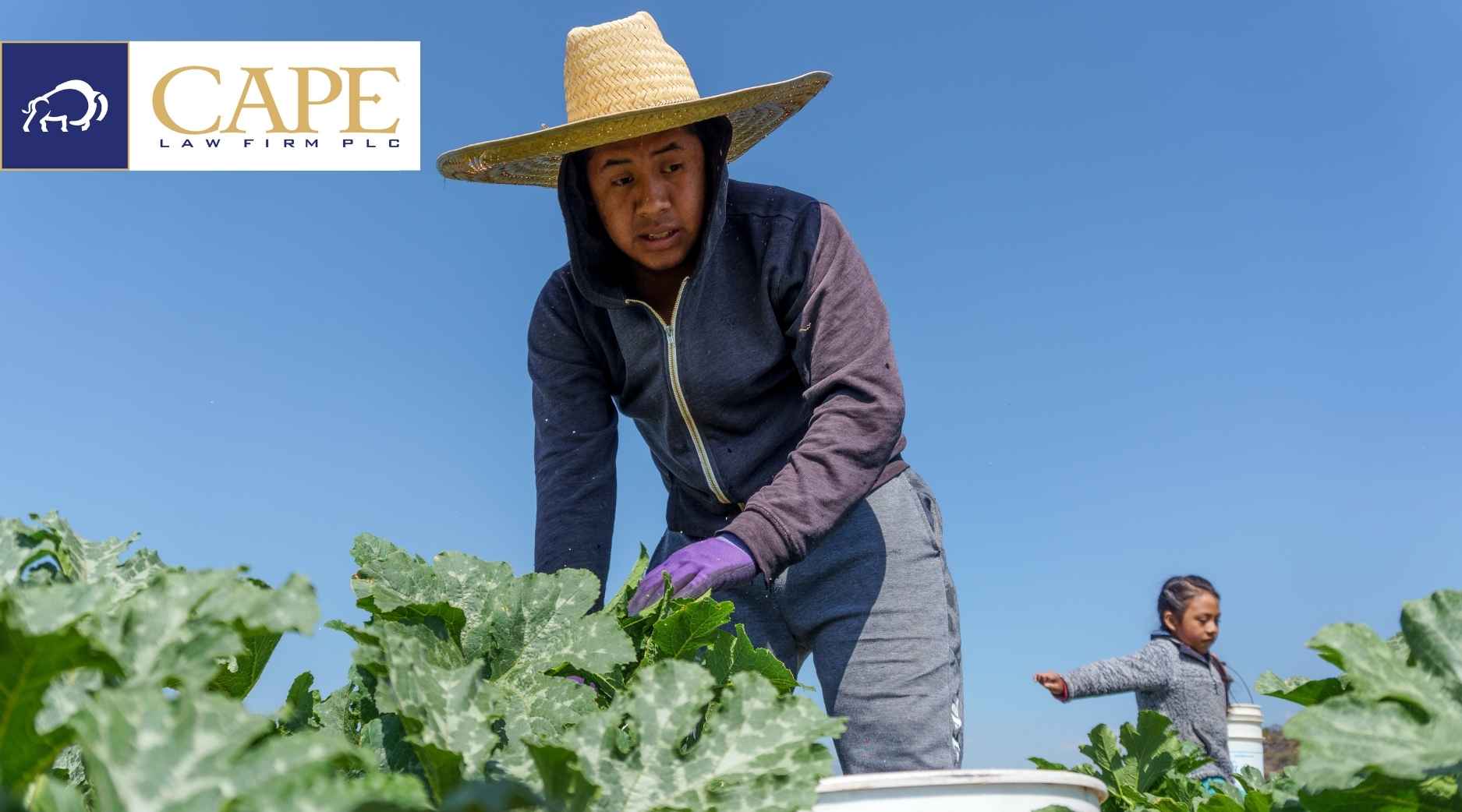Remediation under the Final Rule for Hemp Production
Over the last few weeks we’ve been focusing on items of interest in USDA’s Final Rule for domestic hemp production. This week we are taking a closer look at the Rule’s “remediation” concept for hemp producers.
The ability to “remediate” a hemp crop is a significant change in the Final Rule and a big win for growers. Under the interim final rule in place last year, a “hot” hemp crop that exceeded the acceptable level of THC had to be destroyed. This caused a severe economic hardship on producers. Under the new Final Rule, growers have options for salvaging a crop that would have otherwise been destroyed. A “hot” crop can now be remediated so that it can be sold.
USDA’s analysis of the Rule indicates two methods for remediation:
- Separating non-compliant flower material and retaining the remainder of the plant; or
- Shredding the entire plant into a homogenous biomass.
Both remediation methods require additional efforts to qualify for marketing.
- Remediated material must be re-tested.
- Growers must report remediation efforts, including the location of the crop that required remediation, within 30 days.
- Plants that are removed from production due to typical farm practices – disease, poor health, weather event, culling male plants, etc. – are not subject to disposal rules.
- According to USDA’s disposal/remediation Guidelines, when remediating by disposing of flower material, the remaining stalks, leaves, and seeds may be kept.
- The Guidelines also indicate that if shredding is used, lots cannot be combined, but must be kept separate.
It also appears that other methods of remediation are possible. The disposal/remediation Guidelines indicate that remediation can be any process that renders hemp compliant (below 0.3% THC). Although there is no mention of what other methods might be, it appears that USDA is allowing States and Tribes flexibility to permit any method that would result in a compliant crop.
Trademark Modernization Act strengthens protections
The Lanham Act got a major update at the end of 2020 with the passage of the Trademark Modernization Act. The new law made several improvements to the protections and rights of trademark owners. Some of the highlights include:
- Simpler injunctions – trademark owners often seek an injunction to stop others from violating their rights. The new law eliminates the need for the trademark owner to show irreparable harm to get an injunction.
- Clearing “deadwood” – registered trademarks that are no longer being used by their owners (or were maybe never used) create a log jam of “deadwood” which can prevent registration of similar marks. The new law will make it easier for prospective applicants to cancel a registered mark that is no longer in use.
- Faster decisions for Applications – Trademark examiners can now set deadlines to respond to office actions as quickly as 60 days instead of the current 6-month deadline.
County-wide ban on Industrial Hemp
Industrial hemp production has been permanently banned in Humbolt County, California. The ban was enacted to address concerns of medical and recreational cannabis producers over outcrossing from cross-pollination and the risk of introducing new pests and pathogens. As we’ve mentioned previously, cannabis pollen (whether hemp-type or marijuana-type) can travel very long distances and pollinate neighboring crops. Humbolt County is one of the most prolific cannabis-producing counties in North America.
Cape Law Firm’s Frequently (or Randomly) Asked Questions
“Can a Trademark be canceled?”
Yes, a registered trademark can be canceled for various reasons. Common reasons a trademark may be canceled is when someone wants to remove it so they can register a similar mark, or the other mark is damaging the business in some fashion. The process is known as a Cancellation proceeding, which is a special type of trademark lawsuit. These proceedings are usually filed in the Trademark Trial and Appeal Board, but can also be brought in federal court.




